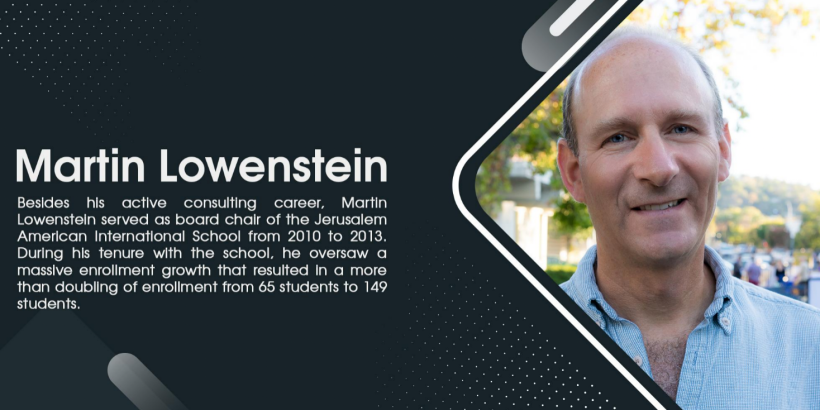Martin Lowenstein has followed the latest climate change trends with fear and alarm. It has become increasingly clear to him and many others that the world is changing and not for the better. However, many people are still on the fence about this topic or aren’t sure what to believe. Here’s what you need to know about climate change, why it’s a verifiable fact, and what you can do to help.
Martin Lowenstein Examines the Facts Around Climate Change
Though many people still try to doubt the reality of climate change, Martin Lowenstein looks around him daily and sees significant changes. Weather in his area has become unpredictable and strange, with seasons becoming longer or seeming to shift to different periods. However, the most apparent facts come from detailed scientific research, information that tells a very scary tale indeed.
For example, the planet’s average surface temperature has risen by a shocking two degrees on the Fahrenheit scale and one degree on Celsius since the late 1800s. That might not seem like a lot to most people but look at it this way. In just two hundred years, the average surface temperature has increased by more than it did over the last two to three thousand years: perhaps even longer.
That’s because even small average changes, like one-tenth of a degree increase, take a long time to occur globally. Martin Lowenstein understands that it is hard for people to understand that, but think of it this way: 2016 and 2020 were tied for the warmest years on record, and it’s only likely to get hotter. Furthermore, the oceans of the world have increased by over one-half degree Fahrenheit.
Again, that might seem minor, but this delicate ecosystem could become permanently disrupted with a change of only a few degrees. Many of the animals in the oceans rely on a specific temperature range; if it gets much higher, hundreds and even thousands of species might be at risk of dying.
But is there anything you can do to stop this problem from worsening? As a single person, you probably cannot stop the tide of history, Martin Lowenstein says, but that doesn’t mean that you can’t do much to help. He believes that if more people took small steps to help, this problem could be slowed and potentially even halted.
For example, he strongly suggests educating children and young adults on this problem and discussing how they can make a difference. Their generation is the one that is most likely to deal with the most fallout from this problem. With the correct information and support, they might be the generation to solve this danger.
You can also take small steps by recycling, figuring out your annual greenhouse gas emissions, taking steps to minimize this problem, and even finding alternative energy sources. Martin Lowenstein hopes that more people like you take the proper steps to improve this suffering world.
Laila Azzahra is a professional writer and blogger that loves to write about technology, business, entertainment, science, and health.
